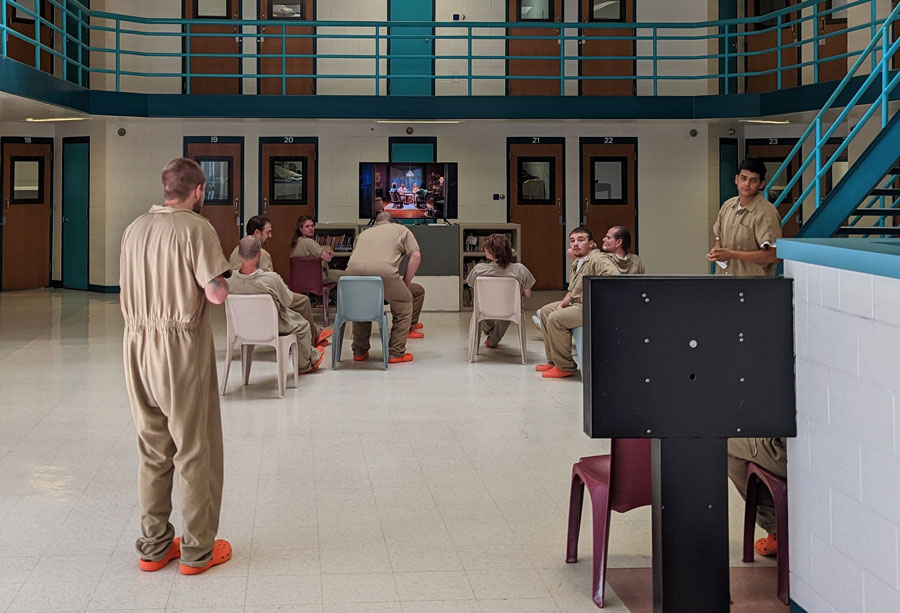Inside the Cell” offers an architectural lens through which to examine the design and spatial dynamics that define county jails. This exploration delves into the physical structures, spatial arrangements, and the impact of architecture on the lived experiences of individuals confined within the cells of santa ana city jail jails. The phrase encapsulates the immersive journey into the built environment, providing a nuanced understanding of the relationship between space and the human experience within the criminal justice system.
The narrative begins by unraveling the architectural elements that shape the entrance into the county jail, exploring the symbolism and practicalities of this initial threshold. “Inside the Cell” examines the design choices that influence the first impressions, setting the tone for the incarceration experience. It considers the psychological impact of entry, the processing of individuals, and the implications of the architectural decisions made at this critical juncture.
Within the jail’s confines, the exploration navigates the spatial arrangements that define the interior landscape. From communal living areas to individual cells, the narrative sheds light on the organization of space and its implications for inmate interactions, privacy, and the overall atmosphere within the facility. “Inside the Cell” emphasizes the significance of understanding the architectural choices that contribute to the daily routines and dynamics of life within county jails.
The exploration delves into the design of the individual cell—the microcosm that encapsulates the inmate’s daily existence. “Inside the Cell” unveils the spatial constraints, the minimalistic furnishings, and the sensory impact of confinement. It considers the psychological implications of the cell’s design, exploring the tension between security needs and the preservation of human dignity.
Moreover, the narrative considers the role of natural light, ventilation, and access to outdoor spaces within the architectural design. “Inside the Cell” advocates for environments that prioritize the well-being of inmates, recognizing the impact of these elements on mental health, physical health, and the potential for rehabilitation.
The exploration also prompts a reflection on the historical evolution of county jail architecture and its connection to changing societal attitudes towards incarceration. “Inside the Cell” considers trends in architectural philosophy, the impact of overcrowding on design, and the emergence of innovative approaches aimed at balancing security concerns with humane conditions.
In essence, “Inside the Cell: A Glimpse into County Jail Architecture” stands as a unique exploration that goes beyond the surface of incarceration, inviting readers to consider the profound influence of architectural choices on the experiences of individuals within county jails. It prompts a dialogue on the intersections of space, human rights, and the potential for a more compassionate and effective approach to the design of facilities within the criminal justice system.








